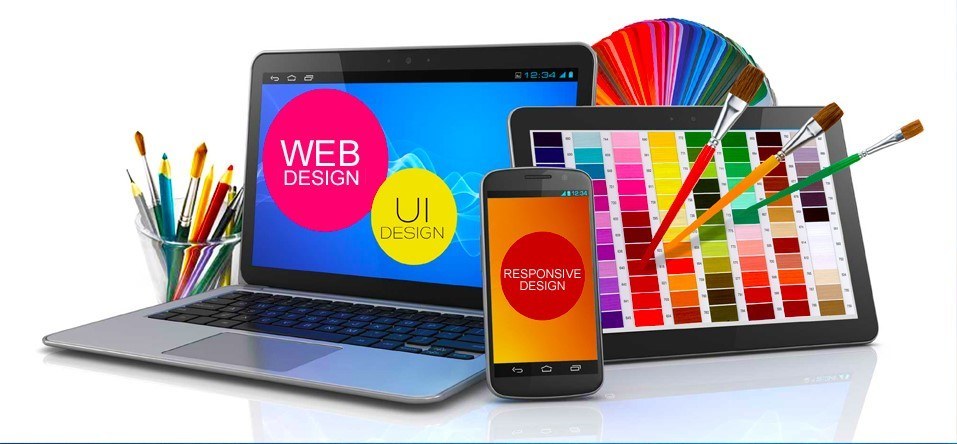Mobility is changing the way we live and do businesses. How we shop, entertain, travel, bank, decide and search information as well as interact with friends, family members and customers or employees – everything is transforming because of mobility and apps. We have created a world which in 1990 had 500 million telephone lines and, which now will have more active cell-phones than people. Then we have various other devices, gadgets and appliances connected the IoT. Nowadays, we use and access almost all forms of smart mobility; without any limits of time and place
So there is huge mobility revolution happening right under our nose but, is your business ready for it? Here is how you can evaluate it.
- Does your workforce have a way to connect to back-end systems via their mobile devices because doing so will power them staying productive?
- Is your business ready for exponential increase in activities triggered by your always-connected customers?
- Are you able to balance employee and customer privacy requirements with enterprise security objectives?
- Is your IT infrastructure and architecture flexible and robust enough to extend support to newer devices, apps and IoT applications?
- Are your executives fully responsive to keep up with the world and round the clock connected customers?
If you have positive answers for these above mentioned points then you are ready to cope with modern enterprise requirements but if not, you need an enterprise mobility strategy. Of course, it also needs to be such capable as it can power your employees to stay competitive in the market.
Note down that initiating an enterprise app development isn’t only allowing employees for BYOD (Bring Your Own Device). Implementing mobility is all about to consider its worth far more broadly.
Here are seven ways to create a peerless enterprise mobility strategy:
Even if you are not able to predict all the ways through which mobility may transform your business two, three or five years out, but there are 7 ways you can start going through today to reach a perfect enterprise app development strategy for tomorrow.
- First define the goals to be achieved and then the outcomes. It’s like beginning something with end in mind
- Prefer the right experience: native app or mobile website
- Get committed to deliver apps continuously
- Implement APIs to deliver flawless user experience and to rapidly adapt to changing requirements. Also make sure the APIs are secured enough to safeguard your interests
- Stay focused because device is one thing but you have to manage information as it’s everything
- Implement solutions with end-to-end security layers
- Target mobility globally but with empowering your departments locally
Author Bio
Sofia Coppol is a content writer in Rapidsoft Technologies, a prominent mobile app development services company specialized in iOS, Android, Xamarin app development. He does blogging as hobby and love to write on mobile technologies, Entrepreneurship, Startups, and latest app trends.





















No Comments